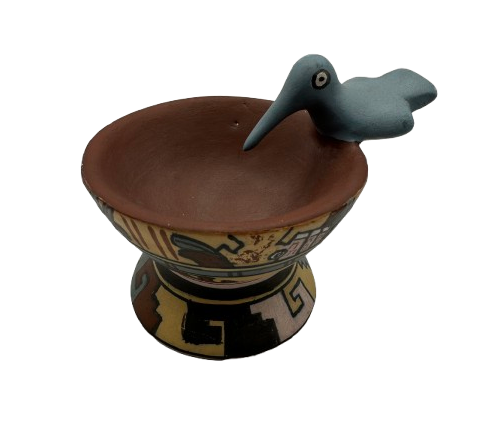Maya
Sophisticated astronomical and mathematical knowledge

Explore the cultural richness of Maya, Mexica, Acolhua, Mixteca, and Teotihuacan civilizations through meticulously documented replicas and immersive educational experiences.
A Digital Bridge Between Past and Present
Ixiptla transcends simple digital exhibition. We are guardians of Mesoamerican cultural heritage, committed to preservation, education, and accessibility of our ancestral roots.
Democratize access to Mesoamerican archaeological heritage through cutting-edge technology, creating educational experiences that honor the cultural and spiritual depth of our ancestors.
Be the global reference in Mesoamerican digital museography, establishing new standards in cultural preservation and accessible education for future generations.
We honor the traditions and worldviews of each represented culture
We maintain the highest standards of archaeological authenticity
We ensure ancestral knowledge is accessible to everyone
We apply technology ethically and culturally appropriately
Diversity of the Mesoamerican World
Each culture contributes a unique perspective to the rich Mesoamerican tapestry. Explore the artistic traditions, worldviews, and technological legacies that define our heritage.
Sophisticated astronomical and mathematical knowledge
Powerful empire builders and skilled artisans
Refined culture and architectural achievements
Master craftsmen of gold and precious stones
Mysterious civilization of monumental architecture
Innovation with Cultural Purpose
We employ cutting-edge technologies to create museum experiences that respect the sacredness of each piece while facilitating interactive learning and deep contemplation.
Detailed digital replicas capturing every surface and texture
Examine artifacts from every angle with precision detail
Rich historical background and cultural significance
Global access to Mesoamerican heritage from any device
Drag to rotate the model and view it from all angles
Use mouse wheel to zoom in and examine fine details
Experience the convergence of modern technology and ancestral heritage in our immersive 3D experiences.
Our Cultural Impact
Figures that reflect our commitment to preservation and accessibility of Mesoamerican heritage.
These figures represent our continuous growth in digital preservation of Mesoamerican heritage.
Mesoamerican Heritage Awaits You
Immerse yourself in millennia of ancestral wisdom. Each replica tells a story, each culture reveals secrets, each experience connects you with your roots.
Explore our complete collection instantly, without restrictions
Detailed information and cultural context for each piece
Mesoamerican heritage accessible from anywhere in the world
Join thousands of cultural explorers who have already discovered the richness of Mesoamerican heritage